光固化氧化铝陶瓷浆料制备与应用毕业论文
2020-04-17 15:08:30
摘 要
近几年3D打印发展迅猛,涉及到的领域也是越来越宽,如医疗、机械制造、航空航天、日常生活等方面。3D打印不会取代传统的生产方法,它只是传统生产方式的一种补充,是计算机科学、机械制造学发展到一定阶段的必然产物。目前3D打印的瓶颈不在于软件、也不在于硬件上,它的关键是材料,要找到适合于3D打印技术的材料是很难的,它对材料的各种性能要求很高。由于在金属、高分子方面投入的研究较多,现在市场上已经出现了实用价值很高的金属、高分子制品。与之相比,无机非金属材料的研究却很少,其中陶瓷由于耐磨、耐腐蚀等优良特性,在日常生活中应用广泛,所以必须加以重视。本课题从基体树脂、活性单体、光引发剂、固含量、分散剂这几个方面出发,探索它们对陶瓷浆料的影响,把浆料粘度、单层固化线厚度宽度作为因变量,从两组因变量的变化中分析出各个变量合适的类型、含量,最终烧结出了真实密度为2.8g/cm3、相对密度为78.3%、显气孔率为23.5%的产品,同时测得维氏硬度、弯曲强度、断裂韧性分别10.6GPa、343.8MPa、2.16MPa·m1/2。
关键词:陶瓷浆料 固含量 单层固化线
Preparation and application of light curing alumina ceramic paste
Abstract
In recent years, 3D Printing has developed rapidly, involving more and more wide areas, such as medical, mechanical manufacturing, aerospace, daily life and so on. 3D printing will not replace the traditional production methods, it is only a supplement to the traditional mode of production, computer science, mechanical manufacturing science has developed to a certain stage of the inevitable product. At present, the bottleneck of 3D printing is not software, nor hardware, it is the key to materials, to find suitable for 3D printing technology materials is very difficult, it has a high level of material performance requirements. As a result of the research in metal, polymer investment, now the market has appeared a high practical value of metal, polymer products. Compared with this, the research of inorganic nonmetallic materials is very few, in which ceramics because of wear resistance, corrosion resistance and other excellent characteristics, in daily life is widely used, so it must be paid attention to. From the aspects of matrix resin, active monomer, light initiator, solid content and dispersant, this paper explores their influence on ceramic slurry, analyzes the viscosity of slurry, the thickness width of single layer curing line as the variable point, analyses the suitable type and content of each variable from the change of two sets of variables, and finally sintered the real density to 2.8g/. cm3, relative density of 78.3%, porosity of 23.5% products, at the same time measured Vickers hardness, bending strength, fracture toughness of 10.6GPa, 343.8MPa, 2.16MPa·m1/2.
Key words: Ceramic slurry;solid content;single layer curing line
目录
摘要………………………………………………………………………I
Abstract………………………………………………………………II
第一章 绪论 1
1.1引言 1
1.2 3D打印的不同类别及优缺点 2
1.3 立体光刻技术研究现状 5
1.4 本课题研究的意义 6
第二章 实验 7
2.1 实验原料 7
2.2 实验设备 8
2.3 实验过程 8
2.3.1配料 8
2.3.2混料 9
2.3.3 3D打印 9
2.3.4烧结 9
2.4 实验表征 10
2.4.1尺寸测量 10
2.4.2热分析 10
2.4.3相对密度及气孔率测定 10
2.4.4孔结构分析 11
2.5.5显微结构分析 11
2.6.6物相分析 11
2.7.7力学分析 11
第三章 结果与讨论 13
3.1 确定基体与单体比例 13
3.2 确定单体之间比例 14
3.3 确定光引发剂种类及含量 16
3.4 确定固含量 16
3.5 分散剂对坯体的影响 18
3.6 烧结体分析 19
第四章 结论与展望 21
参考文献 22
致谢 24
第一章 绪论
1.1引言
物品的制造有很多方法,原始社会中人们使用的器具都是用石头打磨的,到了青铜器时代开始了铸造,再到后来各种材料争相出现,铁、塑料、陶瓷、水泥等。随着这些材料产生的还有各种各样的制造方法,如挤压成型、注浆成型、切铣刨磨等。但大体来说,材料的制造方法分为三类:减材制造、等材制造、增材制造。
减材制造是相对于增材制造来说的,它是一种传统的制造方法,大多用于金属行业。为了造出一个合适的生产工具,人们会拿出一大块材料,然后掏出多余的部分,剩下的就是需要的构件,就如同石刻制造一样,一刀刀刻去棱角,最后留下一个工艺品。从古至今,这种方法都是最重要的生产方式,它的优点在于工艺简单,不需要高明的技术就能实现生产。车工、铣工、钳工是这一生产技术的杰出代表,这些方式生产的产品强度很高,精度目前也能达到较高的地步,能满足批量生产的需要。但时代在发展,需求也在不断扩大,各种结构复杂的零件应运而生,这些普通的生产方式已经难以达到这么高的要求。比如生产一个镂空结构,最外层是一个封闭结构,内部安置一个精巧的构件,用传统方法是很难实现的,因为你不能在外部封闭的情况下去加工内部。
以上是毕业论文大纲或资料介绍,该课题完整毕业论文、开题报告、任务书、程序设计、图纸设计等资料请添加微信获取,微信号:bysjorg。
相关图片展示:
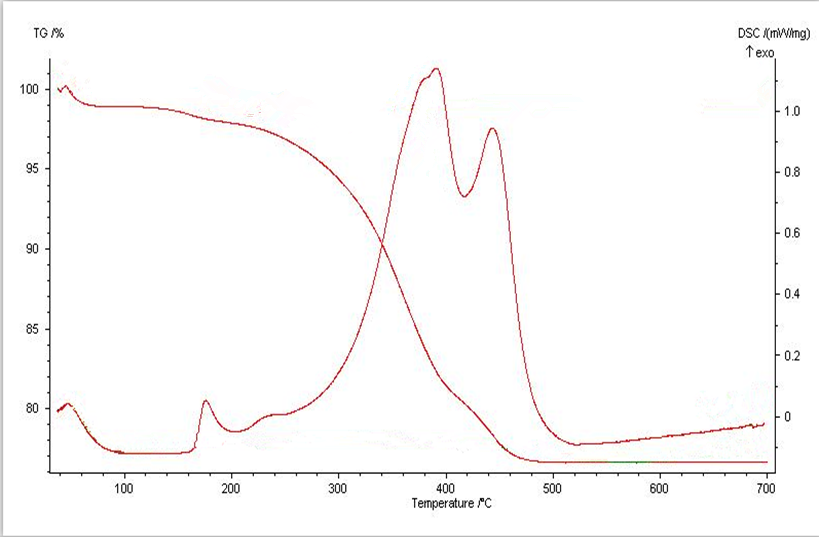
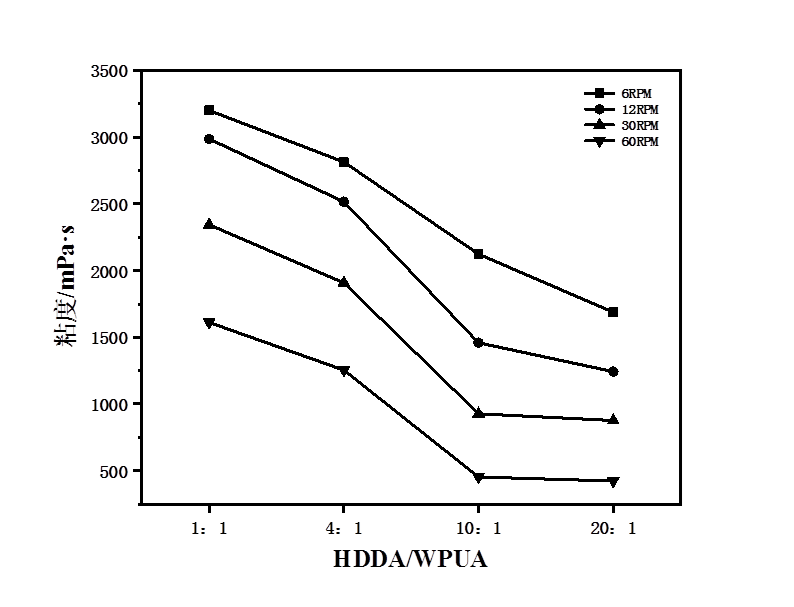
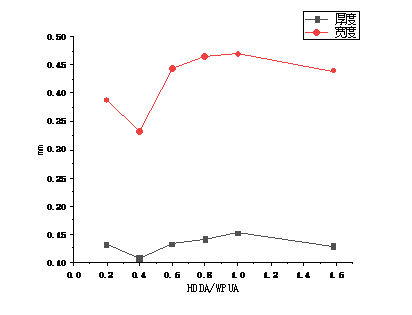
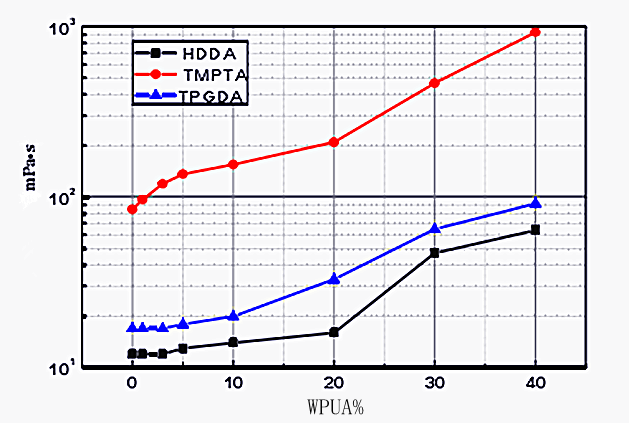
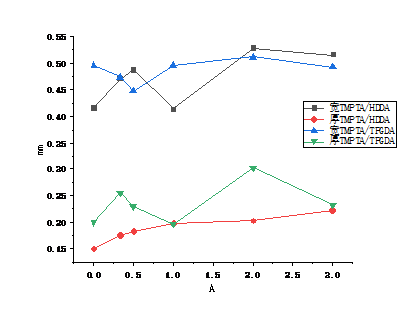
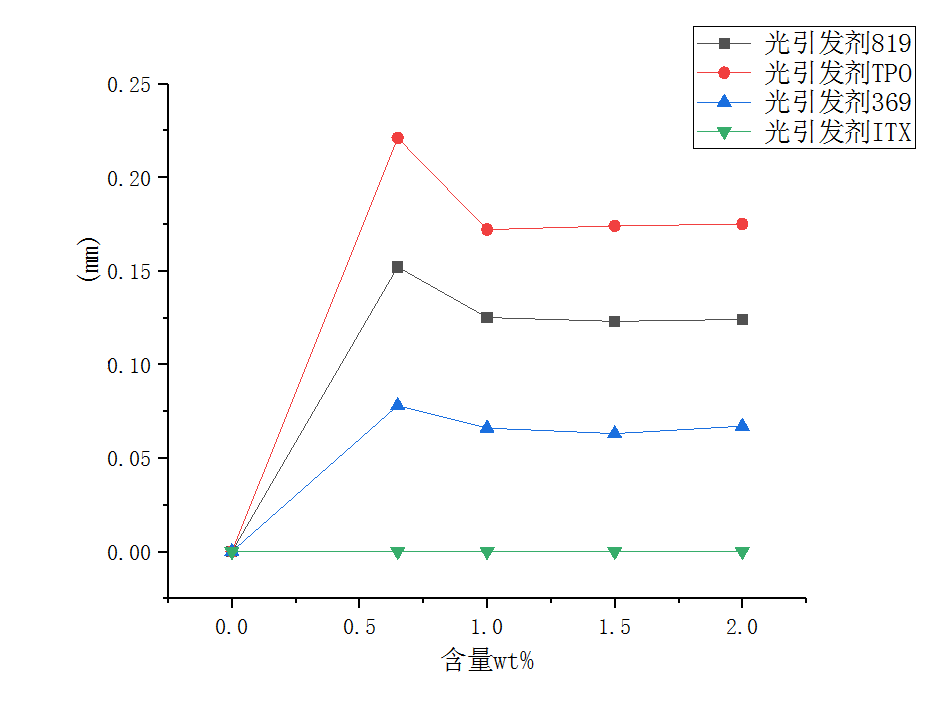
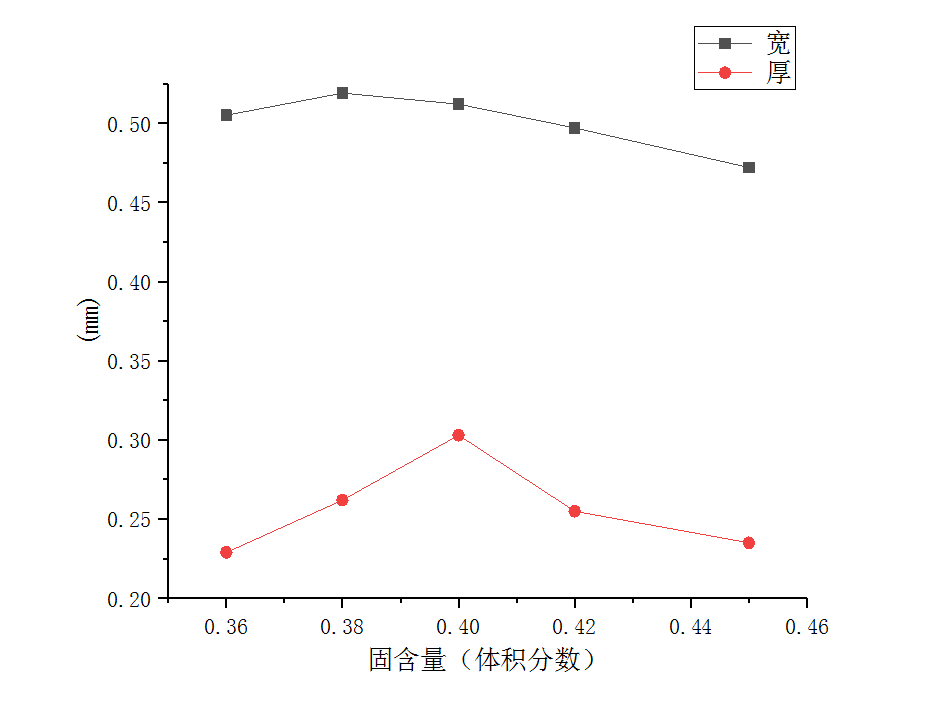
课题毕业论文、开题报告、任务书、外文翻译、程序设计、图纸设计等资料可联系客服协助查找。



